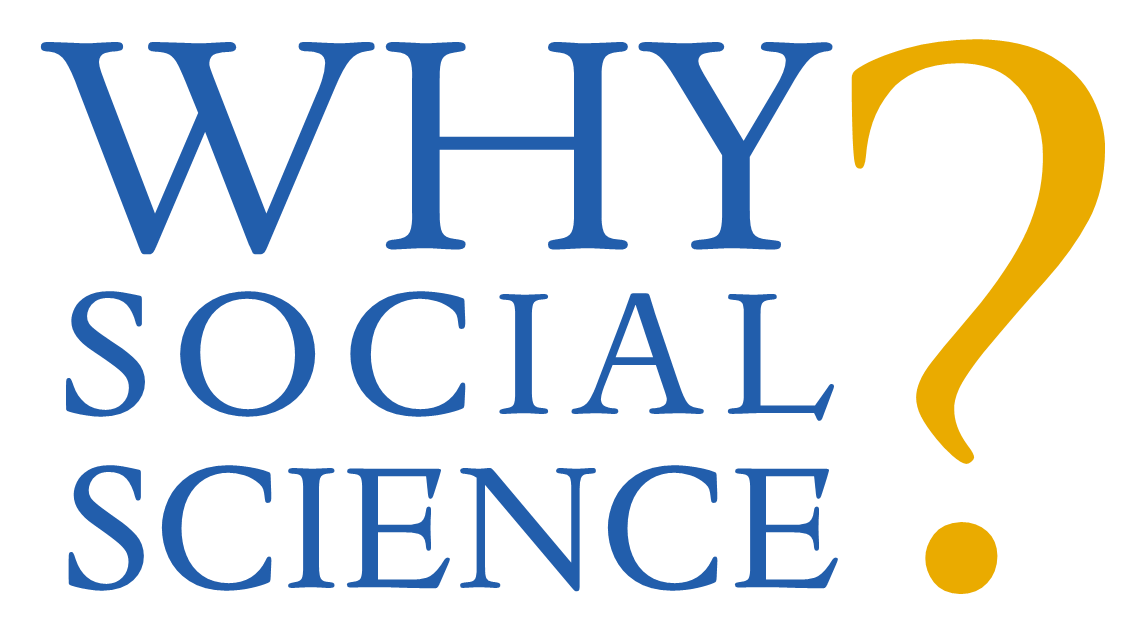Because Multilingualism Is an Asset and a Goal Worth Pursuing
In late 2014, the American Academy of Arts and Sciences received two letters from Congress, one from a bipartisan group of U.S. Senators and one from a bipartisan group of Representatives, requesting a new study of the state of language learning in America. The letters framed the request as a follow-up to the work of the Commission on the Humanities and Social Sciences, which published its influential Heart of the Matter report in 2013. The Heart of the Matter also responded to a request from a bipartisan group, but its charge was broader than the one included in the new letters, which asked the Academy to respond to the following two questions:
- How does language learning influence economic growth, cultural diplomacy, the productivity of future generations, and the fulfillment of all Americans?
- What actions should the nation take to ensure excellence in all languages as well as international education and research, including how we may more effectively use current resources to advance language attainment?
This second question charged us with an astoundingly lofty goal. Excellence in all languages?!?! Yet it also led us into territory familiar to a 237-year-old learned society and independent policy research center. In short, it asked us to initiate a study. It also helped us identify the ultimate goal of our final report, to teach more languages to more people, and set the agenda for the next 18 months of work, as we gathered scholarship and formulated concrete recommendations to address our nation’s relatively low capacity in international languages.
That first question, on the other hand, was trouble from the start.
Read More